It's been four years since BP's Deepwater Horizon oil rig exploded in the Gulf of Mexico, killing 11 workers and sending more than 200 million gallons of crude oil gushing into the water. The public outrage has largely died down, as have the EPA restrictions on federal contracts for BP. But the devastating effects on the area's wildlife persist.
Oil is still washing up on the Louisiana shores, and severe damages to the ecosystem are still observable miles away from the Macondo well. The long-term impact of oil spills, unfortunately, reflects a sobering reality that we can expect to see for years; wildlife in the Prince William Sound has not fully recovered from the Exxon Valdez oil spill 25 years ago, and pollution from a 1969 Cape Cod oil spill was still detected as recently as 2010.
According to a new National Wildlife Federation report, over a dozen species are still struggling with disease, defects and deformities from the Deepwater Horizon disaster in 2010. Here are just some of animals hurting.
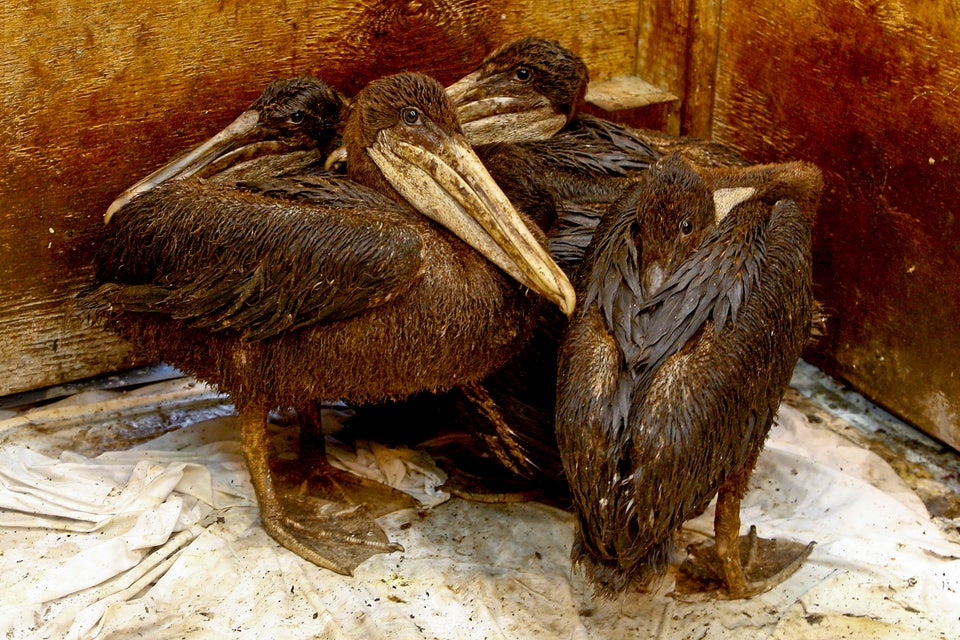
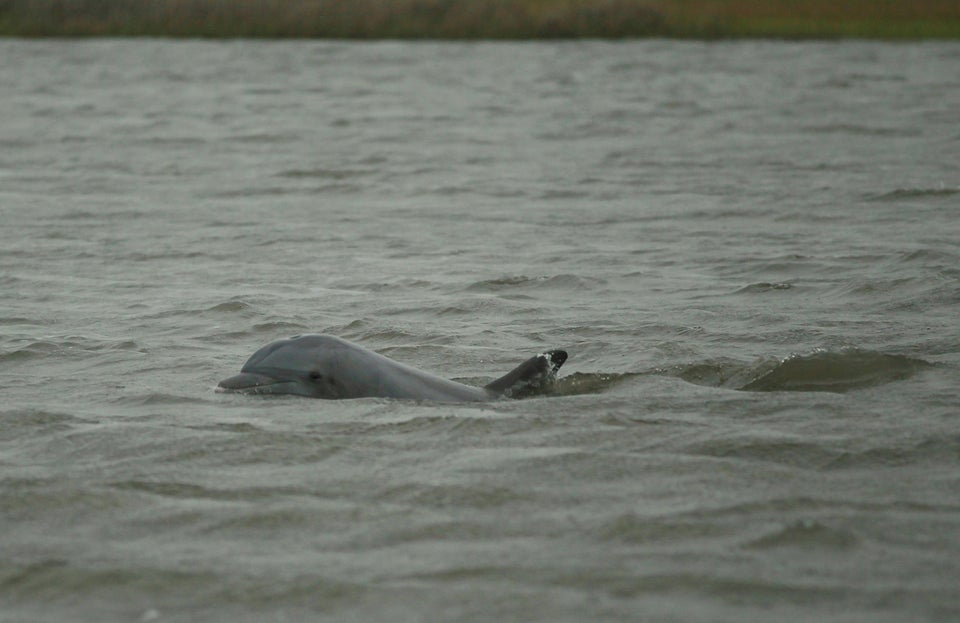
"I've never seen such a high prevalence of very sick animals -- and with unusual conditions such as the adrenal hormone abnormalities," one of the study's authors, Dr. Lori Schwacke, stated at the time.
Researchers also found an "unusual" spike in dolphin strandings; according to National Oceanic and Atmospheric Administration (NOAA) findings: In 2013, bottlenose dolphins were found dead or stranded at rates three times higher than the average pre-spill rate.
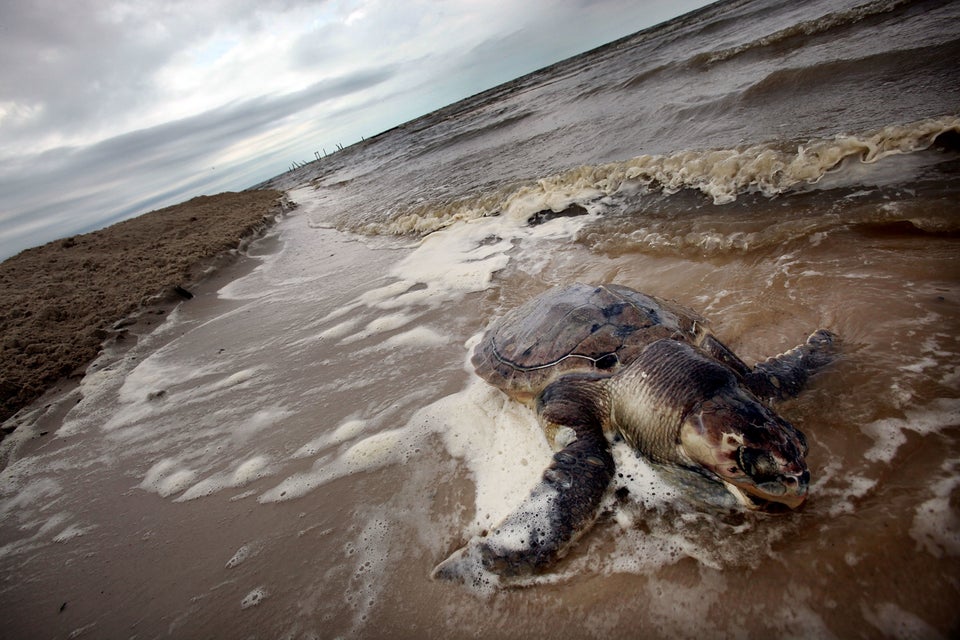
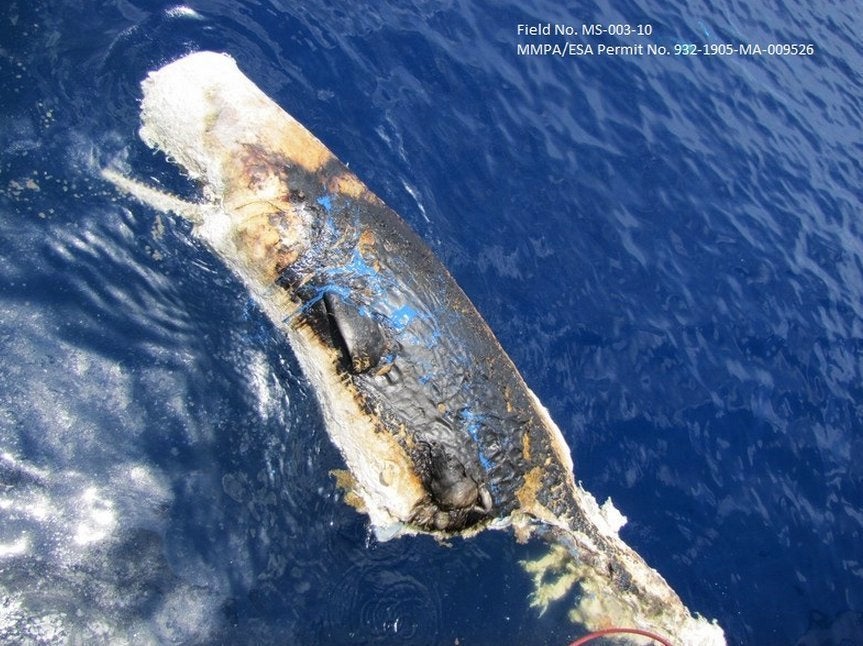
The genotoxic metals, including nickel and chromium, are capable of damaging DNA, causing lasting genetic impacts on generations of whales. In the short term, even a few whale deaths can affect an entire population as sperm whales, already an endangered species, give birth to very few calves.
"As soon as we get to the level of three deaths caused by human interaction -- and this would include the oil spill -- that would jeopardize that particular sperm whale population," Celine Godard-Codding, an environmental toxicologist at Texas Tech University, told National Geographic.
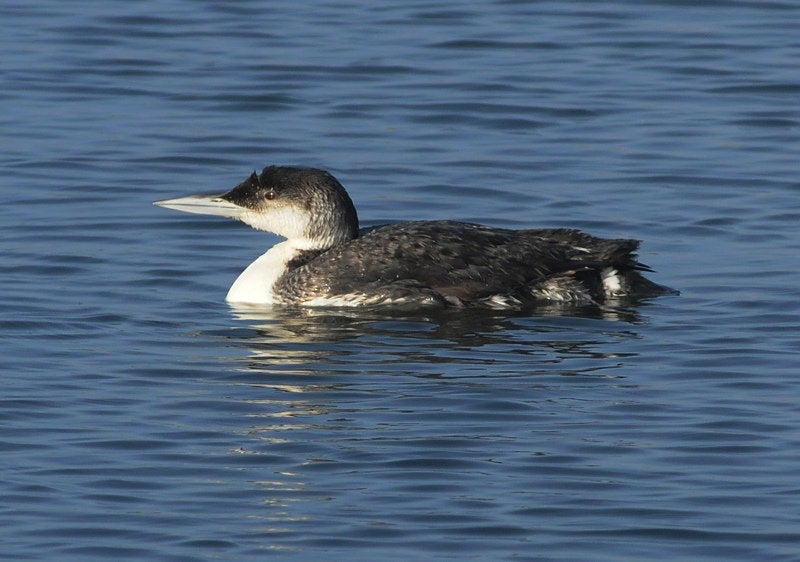
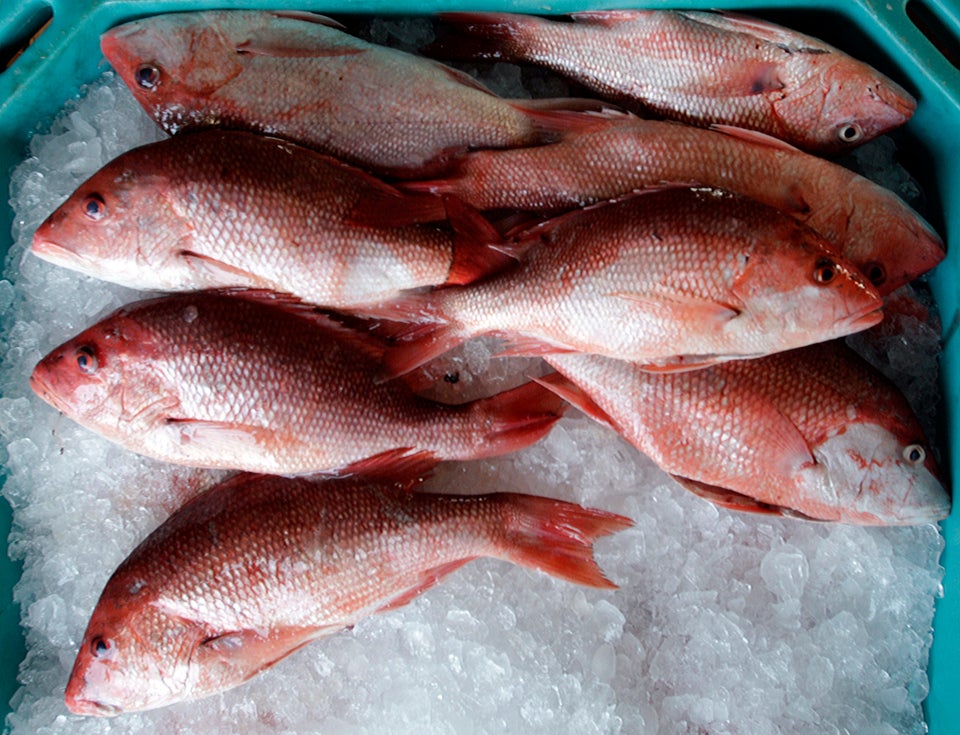
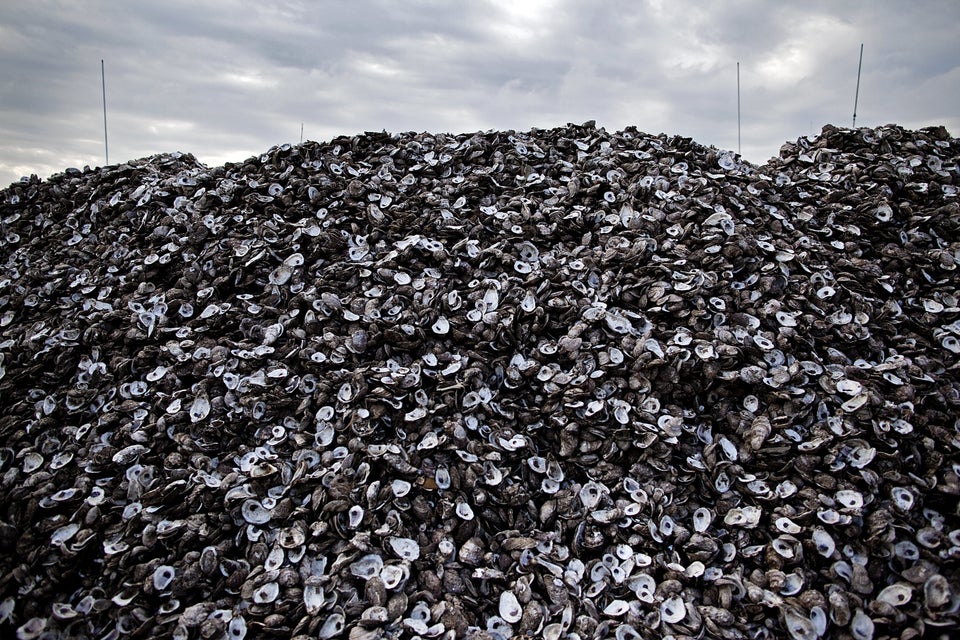
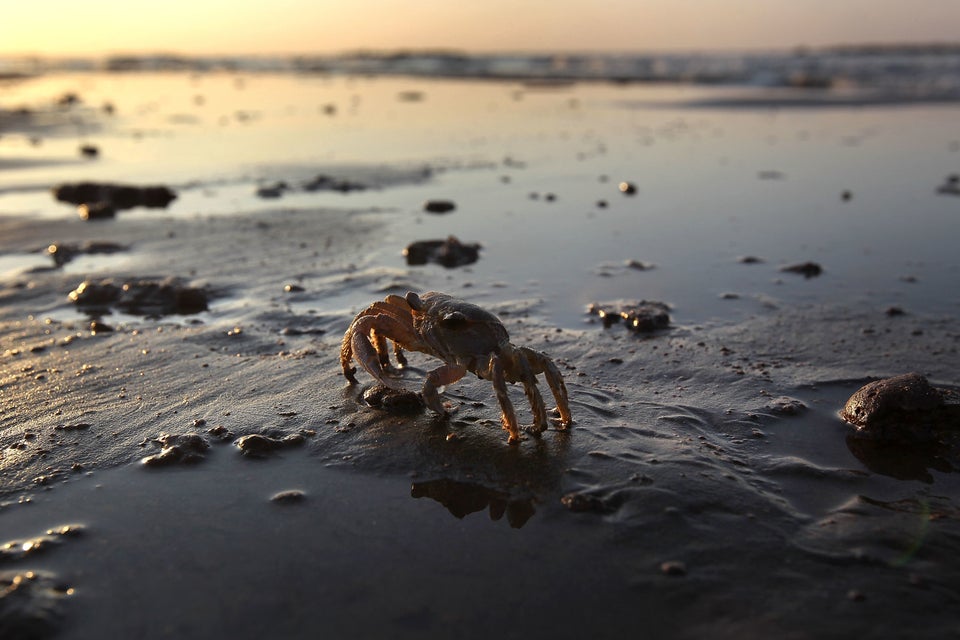
"People are bringing in (crabs) that are really messed up," Darryl Felder, a University of Louisiana biology professor, told the Tampa Bay Times. "The crab catches are really down, and what they're getting have big lesions on them -- lesions and fungal or bacterial infections."
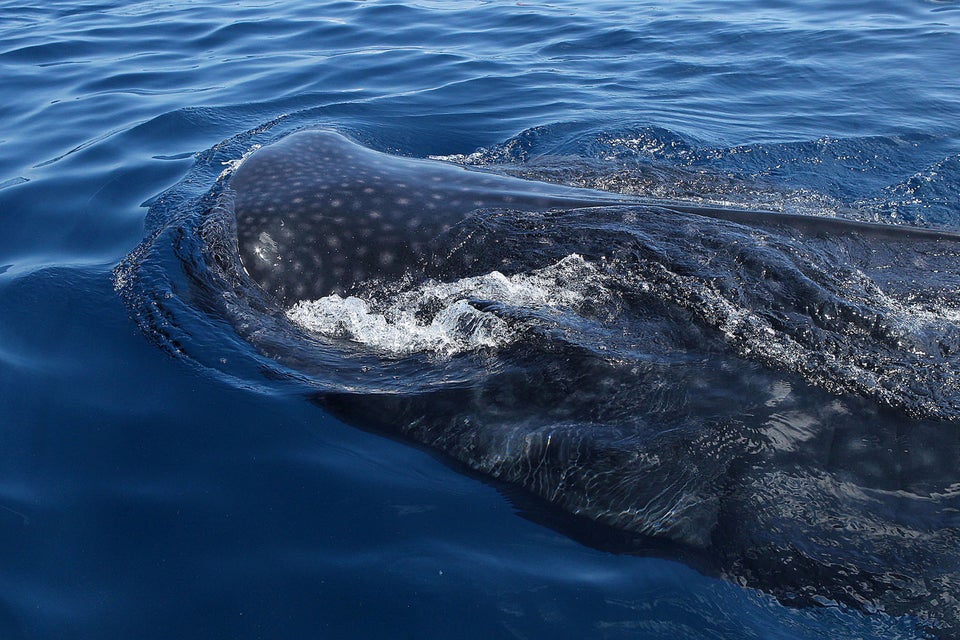
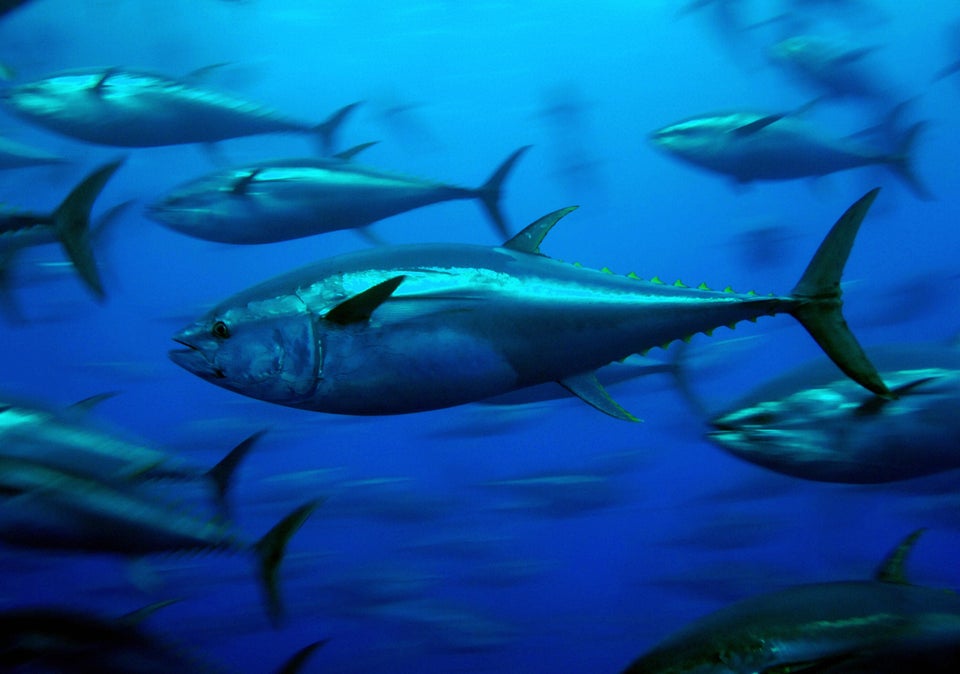
All photos were taken in 2010 in the aftermath of the spill unless otherwise noted.
